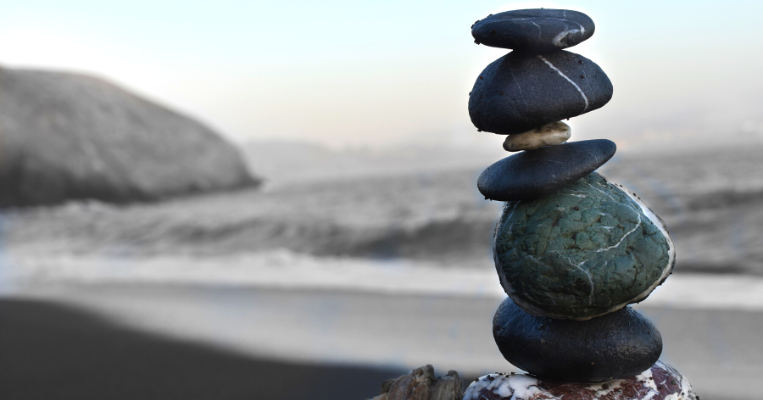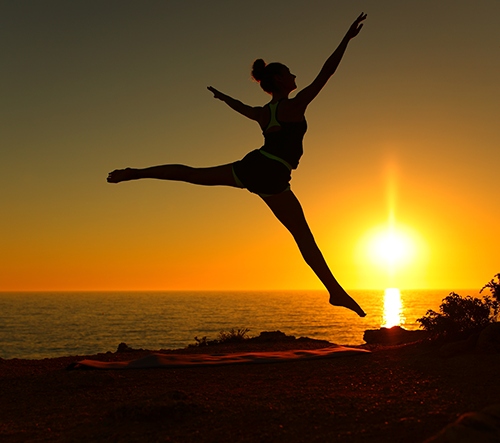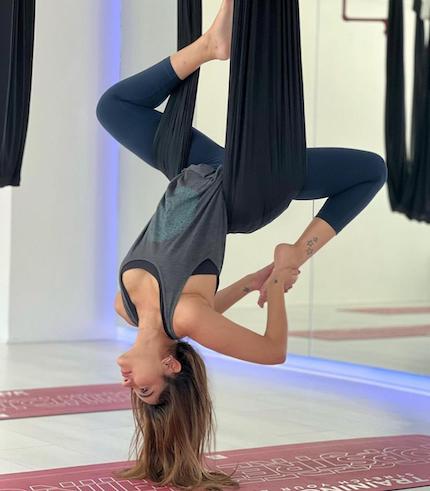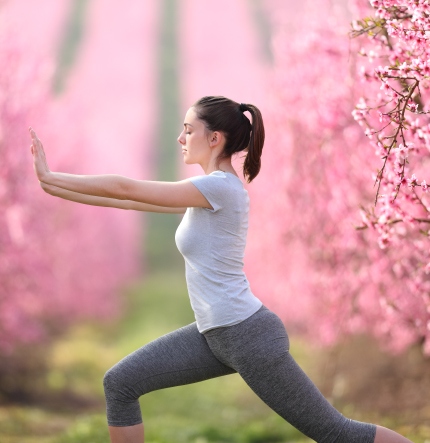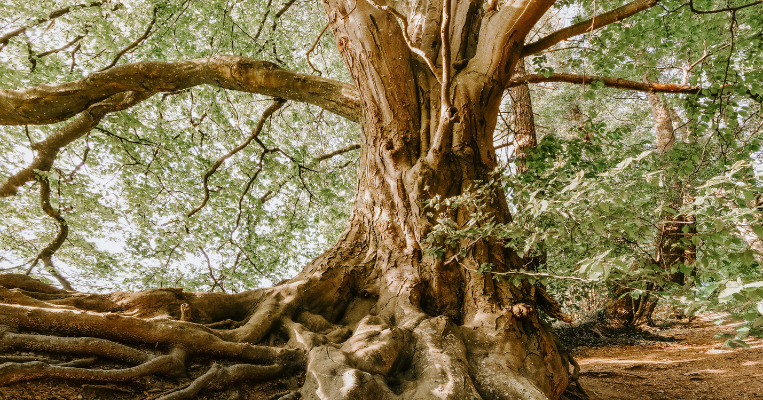
31 October 2022
The Chakra Chapters: The Root Chakra
Whether well into your spiritual journey or starting out, you have likely heard of the root chakra, or chakras more broadly, thanks to popular culture. Whilst mainstream media may use ‘chakra’ as a throwaway term, according to ancient Indian teachings, keeping your chakras in balance is vital for your overall mental, physical and spiritual well-being.
First mentioned in the sacred Vedas texts, the word chakra means wheel in Sanskrit. It is believed that these spinning energy points reside throughout your body and connect to your energy, major organs and nerves. They need to stay open and aligned to remain in balance.
Although Indian spiritual master, Sri Amit Ray, identified 114 different chakras within the body, the main chakras most commonly worked with are the seven that run along the spine. Each chakra has a corresponding number, name, colour, specific area and health focus.
In this series I am calling The Chakra Chapters, I will be doing a deep dive into each of the seven main chakras sharing what they are, how to recognise blockages and how to bring each chakra back into alignment. We’ll work from the bottom up, so today, we’re exploring the root chakra.

What is the root chakra?
The root is the very first chakra, located at the base of the spine near the tailbone. It is also known as Muladhara, with Mula meaning ‘root’ and Adhara meaning ‘support’ or ‘base.’ This chakra is represented by the colour red and the earth element since it is linked to our ability to feel stable, secure and grounded in life.
Since the first chakra is at the base of the spine, you can think of it as your foundation. Like a tree, you need to firmly plant your roots into good soil so you can grow tall and stand strong – no matter what the winds of life throw at you. Practically, this means ensuring your basic needs are met. You are more likely to feel secure and grounded with access to food, water, shelter and safety.
The same goes for feeling emotionally stable, too – when energy flows freely through your root wheel, you feel comfortable in yourself, your familial relationships and your home. You will carry a deep sense of grounding within yourself, which translates into the world around you. When you move through life with a balanced root chakra, you create a solid foundation for opening the chakras above (which we’ll cover in future blogs).
Root chakra blockages?
If an open root chakra helps you feel grounded, then a blocked root chakra makes you feel insecure. An imbalance in the first chakra can manifest itself in a few different ways. Physically you may experience arthritis, constipation, lower back pain, colon issues or bladder problems. If your basic needs aren’t met, emotionally, you may feel anxious, insecure and fearful. You may also experience stressful nightmares. Worries related to safety and stability may pop into your mind, such as finances, familial relationships, job security and stresses around the home. Root chakra imbalance is an uncomfortable sense of feeling unrooted or uprooted.
If you suspect that your root chakra is blocked, take a moment to assess how your body and mind feel by asking yourself: Do I feel calm? Where do I feel grounded? What is my relationship with myself and the world around me?

How to balance the root chakra
Just as there are many ways an imbalance in the root chakra can present itself, there are also several methods to bring your chakra back into alignment. Everyone is unique, and what works for one person may not work for you. So, look at the few options below and try what resonates with you most.
1. Meditation
We all know the power of meditation to bring us back to ourselves and our roots. Simply sitting on the floor in a comfortable cross-legged position is incredibly grounding as we physically connect the base of our spines to the ground. Also, taking the time to go inward creates a space where we can trust ourselves to listen to our inner intuition. Believing that the universe will provide all you need to feel safe is a great comfort.
2. Chanting
To help myself feel more connected to my first chakra, I like to chant the Lam bija mantra. The one-syllable sound’s vibration is believed to activate the root chakra and help release any blockages. It opens you up to prosperity, grounding, security and a feeling of belonging. I like to visualise a red light emanating from the base of my spine while chanting for a full-body experience.
3. Connecting with nature
Since the root chakra is associated with the element of earth, a fantastic way to correct an imbalance is to get out into nature. Walk through a meadow, forest or woodland barefoot to reconnect with mother nature and gain some perspective. We are all creatures of the earth, so taking things back to our roots (literally and figuratively) helps restore a sense of belonging. And, whilst you’re there, you can also hug a tree!
If, like me, you don’t have a forest on your doorstep, try to connect with nature in any way you can. I have the sea nearby, so I like to paddle my feet and let the waves crash against me to feel grounded.
4. Yoga
Moving your body through a grounding yoga sequence is a fantastic way to bring your root chakra back into alignment. Concentrate on poses that cultivate a sense of grounding in your feet, legs and pelvic floor. Garland pose, or Malasana, is excellent for literally bringing you closer to the earth while opening your hips and strengthening your ankles. Other poses include Sukhasana (sitting cross-legged), Balasana (child’s pose), Uttanasana (standing forward fold) and Savasana (corpse pose). You can also try a technique called Mula Bandha to create stability in the lower body and control your energy flow.
5. Reiki healing
Hailing from Japan, reiki is a form of energy healing. Practitioners are trained to pick up on other people’s energy and can identify any chakra blockages. They use their hands to transfer universal energy from their palms to their patient to help rebalance chakras and encourage emotional and physical healing. Always check your practitioner is certified before committing!

I hope you can take something away from this blog to help you on your chakra healing journey. The root chakra truly is the foundation for forming a stable energetic epicentre! Up next in The Chakra Chapter series? The sacral chakra.

